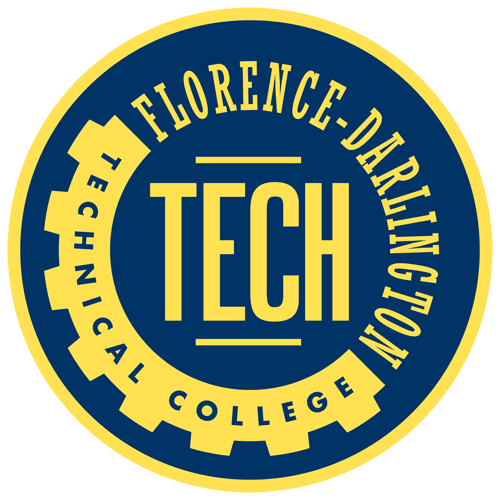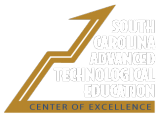Resources and Research
The resources and research available through the SCATE website concentrate on the effort to recruit, educate, and graduate more highly skilled engineering technology technicians.
What is Technology Gateway?
The Technology Gateway is designed to increase student awareness of career opportunities as highly skilled technicians and to prepare students to enroll and be successful in engineering technology (ET) or related programs at a technical or community college. It is an integrated, problem based course of study that models the workplace through the use of industrial-type problems. Physics/technology, mathematics, and communications are taught concurrently in the context of solving workplace related problems.
Technology Gateway may meet a variety of needs at the high school level. Some students may need more skills in mathematics, science, and/or communications in order to qualify for college-level technology programs. Other students may need the Technology Gateway to experience a hands-on environment enabling them to learn teaming and other workplace readiness skills. Students may take Technology Gateway courses for dual credit (high school and technical college credit).
What is Engineering Technology Core or ET Core?
The Engineering Technology Core (ET Core) provides the general education component for any engineering technology major. Physics, mathematics, communications, and engineering technology courses are taught concurrently in the context of solving workplace-related problems. ET Core modules investigate six physical systems (electrical, mechanical, fluids, thermal, optics, and materials) relevant to the study of engineering technology.
The intent of the ET Core curriculum approach is to recruit, retain and graduate more highly skills technicians. It will provide an instructions approach and a curriculum that has been validated by industry. It will also help to answer student questions: Why do I need to learn this? How is it relevant? How will I use it?
What is the Industrial Technology Core Curriculum?
The Industrial Core is a curriculum designed to teach communications, mathematics, technology, teamwork, and problem-solving competencies in context for various industrial technology majors. The Industrial Core modules cover introduction to technology careers, basic hand tools, mechanical advantage, basic electricity, and hydraulic systems.
Recruitment and Retention Monograph
This 56-page monograph presents the results of two research studies and focus group and panel discussions on recruitment and retention of students in engineering technology programs at the two-year college level. Research findings offer a tool for developing effective student retention strategies.
Curriculum Development Template
The CDT outlines specific steps in the process for developing a new module for use in the SCATE Engineering Technology Core Curriculum.
Technology Gateway Case Study
A case study for the use of the SCATE Technology Gateway curriculum as a model for dropout prevention in the White County (Georgia) High School.
Web Resources
For more ATE resources online, visit our sponsor, the National Science Foundation (NSF), as well as sites for our national partners and affiliated initiatives.
Connecting Industry to Math Instruction (CIMI) project-Wake Tech
This ATE Project looks to improve mathematics education at the community college and high school levels to ensure that students gain the mathematics skills they need to enter STEM careers. To achieve this goal, the project directly connects math instruction with industry needs. With substantial input from industry experts, math educators create industry-validated and classroom-tested student activities designed to help students use math concepts within different industry and technological contexts.
What resources are available to support instructors?
A number of resources are available in this instructor guide to assist in implanting the Technology Gateway curriculum. These resources include:

Objectives and instructor notes with each project

Suggested student workshop activities

Content strands in each project

Print and Non-print resources, including website

Suggested rubrics for evaluating each project

A problem based learning Need-To-Know Chart template

Student competency for each project and a master competency list




